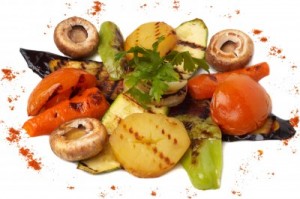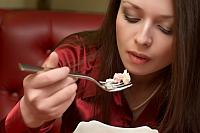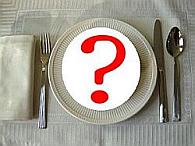- Vegetables – eat fresh, frozen and canned with “no added salt” or with no added sauces. Meats – cook fresh lean meat, poultry and fish, avoid canned or processed meat such as corned beef, sausages, and deli meats.
- Cook and eat rice, pasta, cereals in their plain form without added salt. The instant varieties with flavorings most of the time have high sodium. Buy unprocessed grains when available.
- When using canned goods – you can drain the liquids and rinse or soak canned vegetables in cold water to reduce sodium content.
- Seasonings – Substitute for salt- free spices, spice blends, fresh herbs during cooking. Don’t keep the salt shaker handy at the eating area. Try different salt substitutes from the supermarkets and inform your doctor and pharmacist first. Salt substitutes are not appropriate for everyone.
- Be careful what you drink – Softened water, vegetable juices, sports drinks can have high sodium.
- Eat low sodium snacks – Avoid or limit high salt snacks such as nuts, seeds, pretzels, chips, crackers and other snacks. Buy the unsalted kind. Opt for fresh fruits and cut up vegetables for healthy snacks.
- Always read nutrition label for sodium content of all foods, drinks and over the counter medicines you take. Buy low sodium foods labeled no-salt-added, low- or reduced-sodium for canned, packaged and bottled foods.
- Keep a food record and add up your sodium intake when you first get started on your low sodium diet. It will give you an idea of you’re your over all eating habits and where your high sodium food sources are. You will be surprised how fast that sodium number goes up.
- When eating out – choose plain foods without sauces or gravy on top, plain vegetables, fresh salads without salad dressing. Avoid ordering foods that are pickled, marinated, smoked, or barbequed. Flavor your food with a dash of pepper, fresh lemon juice, cut up fresh parsley or chives. Bring your own salt free seasonings!
- Home cooked meals are the best. You know how much salt is added by the ingredients used. After you have been on a low salt diet for a while you will find that many foods eaten outside your home will taste too salty.
Resources:
Easy Low Sodium Recipes 156 pages
Zero milligrams of sodium per serving!
Related posts:
Tips for Potassium Restricted Diet
Potassium Sources for High Potassium Diet
Potassium Rich Foods Decrease Health Risks
Foods to Eat for Iodine Sources
Salt Substitute and Sea Salt for Low Sodium Diet



{ 2 comments… read them below or add one }
Alot of information I could use. I too have to watch my salt. I try different seasonings and quiet a few I like and my family likes. I agree, Great articles.
Wow, that picture makes my mouth water. Great article. I appreciate the info. I cook for my family 1 or two times a week and I don’t put any salt on my food. I try to use different seasonings on some pasta dishes and even some simple home made hamburgers and fries. I just try to stay away from salt. I have to say I drink to much diet cokes which has way to much sodium in it. Thanks again for the info.
Scott
{ 1 trackback }